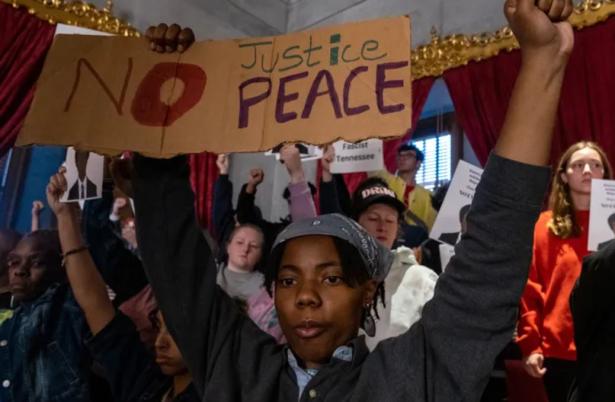If you’ve been watching politics for a good while, you may be forgiven for rolling your eyes when the idea arises that demographic change is going to push the political system to the left at some point not too far down the road. In 2002, Ruy Teixiera and John Judis wrote a book titled The Emerging Democratic Majority that projected a new left-of-center coalition based on young and non-white voters and highly educated “knowledge workers.” In 2008, a lot of observers saw that phenomenon coming to fruition in the “Obama coalition” that lifted the 44th president and a Democratic Congress to victory.
Then came the Republican landslide of 2010, and six years later, the election of Donald Trump with GOP trifecta control of the federal government. It turns out that younger voters’ preference for the Democratic Party was a bit less dramatic than expected, while Republicans boosted their vote to unprecedented heights among non-college-educated white voters. After Democrats showed some impressive strength among college-educated white voters in 2018, Republicans offset those gains in 2020 with better performance among non-white voters. It’s been back and forth throughout this century it seems.
But as Ron Brownstein points out at CNN, there’s a new demographic wave — a tsunami, really — forming in the not-so-distant future that could finally break the recent pattern of partisan gridlock. The youth cohorts growing up right now are just dramatically different from their predecessors:
eople of color comprise well over two-fifths of Millennials (born between 1981 and 1996), just under half of Generation Z (born between 1997 and 2012) and slightly more than half the youngest generation born since 2012. That youngest generation (sometimes called Generation Alpha) will be the first in American history in which racial “minorities” constitute the majority.
The transition extends to other dimensions of personal identity. The Public Religion Research Institute has calculated that while just 17% of Americans aged 65 or older and 20% of those aged 50-64 do not identify with any organized religion, the share of those “seculars” rises to 32% among those aged 30-49 and 38% among adults 18-29. In turn, while White Christians constitute about half of all adults aged 50-64 and three-fifths of seniors, they comprise only about one-third of those aged 30-49 and only one-fourth of the youngest adults.
Gender identity and sexual orientation follow the same tracks. Gallup has found that while less than 3% of baby boomers and only 4% of Generation X (born 1965-1980) identify as LGBTQ, that figure jumps to nearly 11% among Millennials and fully 21% among Generation Z.
The collision of this wave with the older white Christian voters whose representatives currently dominate red states couldn’t be much more jarring. As Brownstein points out, pre-1965 immigration restrictions have made today’s older population cohorts even whiter than you might expect: “early three-fourths of baby boomers (born between 1946 and 1964) are White, as are more than three-fourths of the remaining seniors from the older generations before them.”
So you have a number of places where the most conservative portions of the population are in power now but will be challenged eventually by the most progressive portions of the population. As Brownstein says:
Kids of color already represent about half or more of the youth population in Texas, Florida, Georgia, Oklahoma, Mississippi, South Carolina and Arizona and about two-fifths or more in several others, including Tennessee, Alabama and Arkansas. In many of those states the share of seniors who are White is at least 20 percentage points higher than the share of young people.
You get a taste of the coming intergenerational conflict in red states, Brownstein notes, from the recent incident in Nashville, where the Republican-controlled Tennessee legislature expelled two Black members for leading a youth-dominated protest against lax gun-safety laws:
In some ways, the generational tug of war between the brown and the gray symbolized by the Tennessee expulsions represents the classic collision between an irresistible force and an immovable object. In this case, the irresistible force is the growth in the electorate of the diverse younger generations.
There’s not much question which side of the generational barricades will eventually have to give way. As the youth tsunami grows nearer, Republicans may find ways to compensate for a while and/or to nibble at the edges of the future majority coalition. But their freedom to maneuver could be drastically restricted by the need to motivate the existing old-conservative base to turn out in a fear-and-hate frenzy to hold the tide, and then to utilize the political power they have to thwart democracy wherever possible. It’s a dynamic in which the extreme methods Republicans are using right now to stay in charge will eventually boomerang, perhaps suddenly and with terrible force. Suffice it to say that Republicans would be smarter to turn down the temperature of partisan and ideological conflict to cushion their inevitable fall when today’s kids grow up and start voting for change.
[Ed Kilgore is a longtime political observer who has been a columnist for New York Magazine Intelligencer since 2015.]


Spread the word